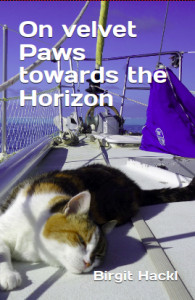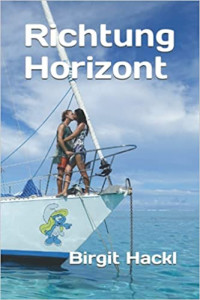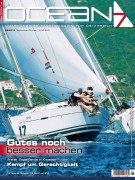We are still at Palmerston atoll (Cook Islands), which unfortunately has no pass into the lagoon, but the islanders have put out 9 moorings to the west of the outer reef. The first two days we had southerly winds, which made the open anchorage very rough, but as soon as the wind turned to the Southeast the seas calmed down, even though it’s still blowing hard. In the beginning we were 4 boats here, but the other three have left westwards with the easterly winds and we’re the only ones here now.
Palmerston is a curious little community. In 1863 William Marsters, a ship’s carpenter and barrel maker, arrived on Palmerston with three Polynesian wives and annexed the uninhabited island from the British. The current population of 57 are almost all descendants of Marsters (and of course wives and husbands from other Cook islands). Even though they look Polynesian, their first language is English and they consider themselves more British than anything else. The community is well organised and equipped, there’s a big solar array for a public electricity network, a telephone network, internet, most houses have a few big freezers (they export fish), washing machines, etc. so the living standard is quite high. The only downside of their isolated location (no airfield, no regular boat service) is that it’s hard to visit other islands–a problem especially in the case of a medical emergencies. We saw quite a few graves of young children on the cemetery, even though the majority o
f the islanders lived more than 80 years.
Sailing boats who stop by here are welcomed by a host family, who monitors channel 16, comes out with the boat to take the cruisers ashore whenever they give a call and invite their guests to all kinds of activities. Our hosts Edward and Shirley had us over for lunch twice, on Sunday we’re invited to join them for church and lunch and on Monday I’ll give a ‘guest lecture’ at the local school (a taster course of Spanish) where the 24 kids of Palmerston (ranging between 6 and 18 years) get their primary and secondary education.
The supply ship only comes here twice a year, so cruisers are asked to contribute staple food (e.g. Shirley was out of flour, so we brought 4 bags over), equipment for the moorings and whatever else they can spare.





